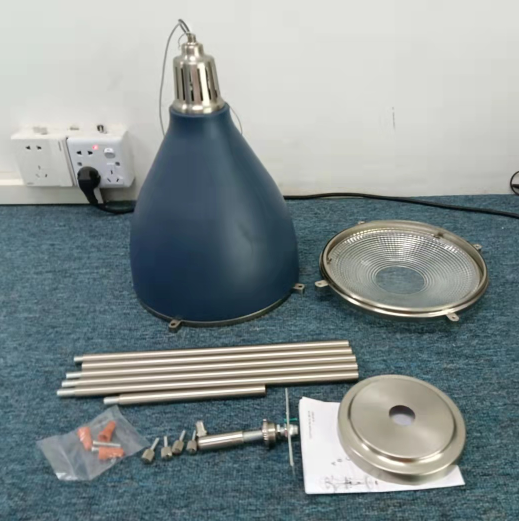Cloud storage has become a key technology in the security industry, driven by the need for scalable, secure, and efficient data management. The concept of "cloud" was first introduced in 2006, with Google's "Google 101 Plan" marking the formal start of cloud computing theory. Following this, companies like Amazon, Microsoft, and IBM launched their own cloud initiatives, leading to the development of cloud storage, cloud security, and other related concepts.
In the security field, cloud storage offers a promising solution to challenges such as massive data storage, data sharing, and real-time access. As smart cities continue to develop, the demand for integrated video surveillance systems that can share and link data across different platforms is increasing. However, traditional storage solutions often fall short in meeting these needs, making cloud-based storage an attractive alternative.
Cloud storage works by using distributed technologies, cluster applications, and network infrastructures to connect multiple storage devices across a network. This allows for centralized data management, improved scalability, and better performance. It also enables users to access and manage their data from anywhere, which is particularly useful in security applications where remote monitoring is essential.
One of the main advantages of cloud storage in security is its ability to automate and optimize storage management. Instead of managing individual storage units, users can access a single, unified storage space. Additionally, virtualization technology helps reduce storage waste by redistributing data efficiently and ensuring load balancing and fault tolerance.
Despite these benefits, there are still challenges in implementing cloud storage in the security sector. For example, video surveillance generates large volumes of data, which can be bandwidth-intensive and raise privacy concerns. Moreover, not all organizations have the necessary infrastructure or data center capabilities to support full-scale cloud deployment.
The concept of "cloud security" integrates cloud computing, cloud storage, and advanced monitoring technologies to create intelligent, real-time security systems. These systems use video surveillance, access control, RFID, intrusion detection, and other technologies to provide comprehensive security solutions. They allow for remote monitoring, real-time alerts, and efficient data management, making them ideal for both small and large-scale security operations.
Cloud monitoring, in particular, refers to the use of cloud-based technologies to manage and analyze large-scale video data. It helps optimize data center architectures, improve scalability, and reduce operational costs. As more cities adopt smart city initiatives, cloud-based monitoring is expected to play a central role in enhancing public safety and security.
While cloud storage is still in the early stages of adoption in the security industry, its potential is undeniable. With the growing demand for smart cities and the Internet of Things (IoT), cloud-based security solutions are likely to become more prevalent. Companies are already experimenting with private and shared cloud models, depending on their specific needs and requirements.
In conclusion, cloud storage is transforming the security industry by offering scalable, flexible, and secure data management solutions. Although there are challenges to overcome, the future of cloud-based security looks promising. As technology continues to evolve, we can expect cloud storage to play an even greater role in shaping the next generation of security systems.
Lighting Accessories
Lamp accessories are various parts and accessories used to install, secure and connect lighting fixture. They play an important role, not only to ensure the normal operation of the lamp, but also to improve the use effect and aesthetics of the light.
There are many materials for making lamp accessories, generally speaking, there are metal, plastic, glass, ceramics, etc. Metal generally has a long service life, corrosion resistance, and should not be aged, such as iron product lamps, which have a long service life; Plastic lighting product have a short use time, a faster aging speed, and are easy to deform when heated; The service life of glass and ceramic lighting is long as well.
Nowadays, the lighting and lighting accessories industry uses metal materials as the most widely used base, generally used materials are zinc alloy, aluminum alloy, steel, stainless steel, etc. The use of technology is mainly electroplating, painting, oxidation and electrophoretic coating. With the current people to lighting accessories product performance requirements and environmental awareness improved, electrophoretic coating process has gradually become the preferred process for surface treatment of lighting accessories.

Lighting Accessories,Lamp Accessories,lighting fixtures bathroom
Zhengdong Lighting Co., Ltd. , https://www.sundint.com
